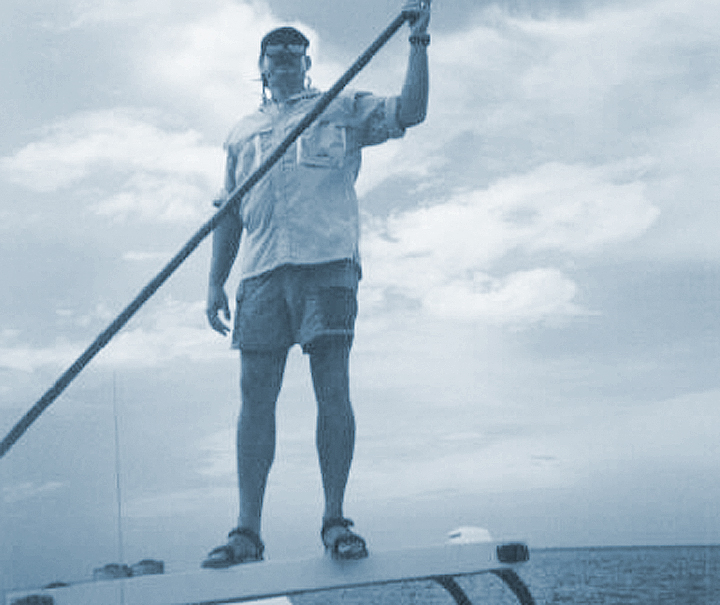The fishing so far in July has been pretty decent despite the heat and humidity.
However, there’s another area of concern that anglers must pay particular attention to when fishing this time of year and that’s the formation and possibility of severe storms, which can pop up at a moment’s notice. The summer months are notorious for these types of events and this month has been no different. What’s one to do if caught in one and unable to maneuver around it?
We’ll cover a few topics that can help the small boaters “weather” it out without the use of the multitude of electronic devices at their disposal. But, there’s never a guarantee when it comes to Mother Nature.
Earlier this week, there was a round of weather that passed through our area and headed offshore. While some boats managed to miss the storm cells, others were caught in the middle of them. Visit some of the fishing websites and you can read the thoughts going through those anglers’ minds while lightning was popping all around them and the winds and seas increased significantly in just a matter of seconds. I can tell you that being caught in one of these storms will make you pray, even if you are not a religious person. Knowing you are in a boat, on the ocean, and being the highest object anywhere in the vicinity is not a very good feeling when a storm rolls through. It will humble you to a point, if and when you make it out, you’ll be a completely different person.
The first thing to remember when you’re a captain of a vessel is the safety of your crew comes first and foremost. Knowing what the weather is supposed to be before you head out is crucial information and should be the first thing every captain checks. Look not just to see what the sea conditions are, but also for the chance of storms in the area you are fishing. Some anglers won’t venture from port if the chance of storms is greater than 30 percent, while others have a higher mark before they call it a day. One can only wonder what goes through a fisherman’s mind when a fish is worth more than safety, but I can only remark a fish isn’t worth it at all. Each person will have to decide their own limits.
Now that you’re on the water, there’s no better software available than a radar app on your smartphone. But be warned, these are significantly limited by their service availability, which can vary between 3 and 10 miles off the beach on any given day. Common sense tells you if you see a storm on the radar to the west and it’s moving in an easterly direction, then it’s time to head in to safe harbor. If you’re beyond cellphone range and you don’t have radar available, listen to your VHF radio as opposed to your music radio. Lots of boats that have radar will be more than happy to tell you the location of a storm and where it’s headed. If one is bearing down on you and you don’t hear any chatter then call on the radio and ask. A lot of times these storms are fairly small and you might be able to maneuver to the north or south of them.
Finally, if there’s no getting out of the way, then some preparations need to be made quickly. First, have everyone onboard put on life preservers. Notify Sea Tow, Tow Boat US, another boat or the U.S. Coast Guard of your last known location. Lower any antennas or outriggers to make your vessel as low to the water as possible. Turn off all electronic devices and get everyone below deck or lying on deck. If winds and seas kick up, head into them. Once the storm passes, and you’ve evaluated everything is safe, make sure to notify whoever you talked with that everything is OK.




